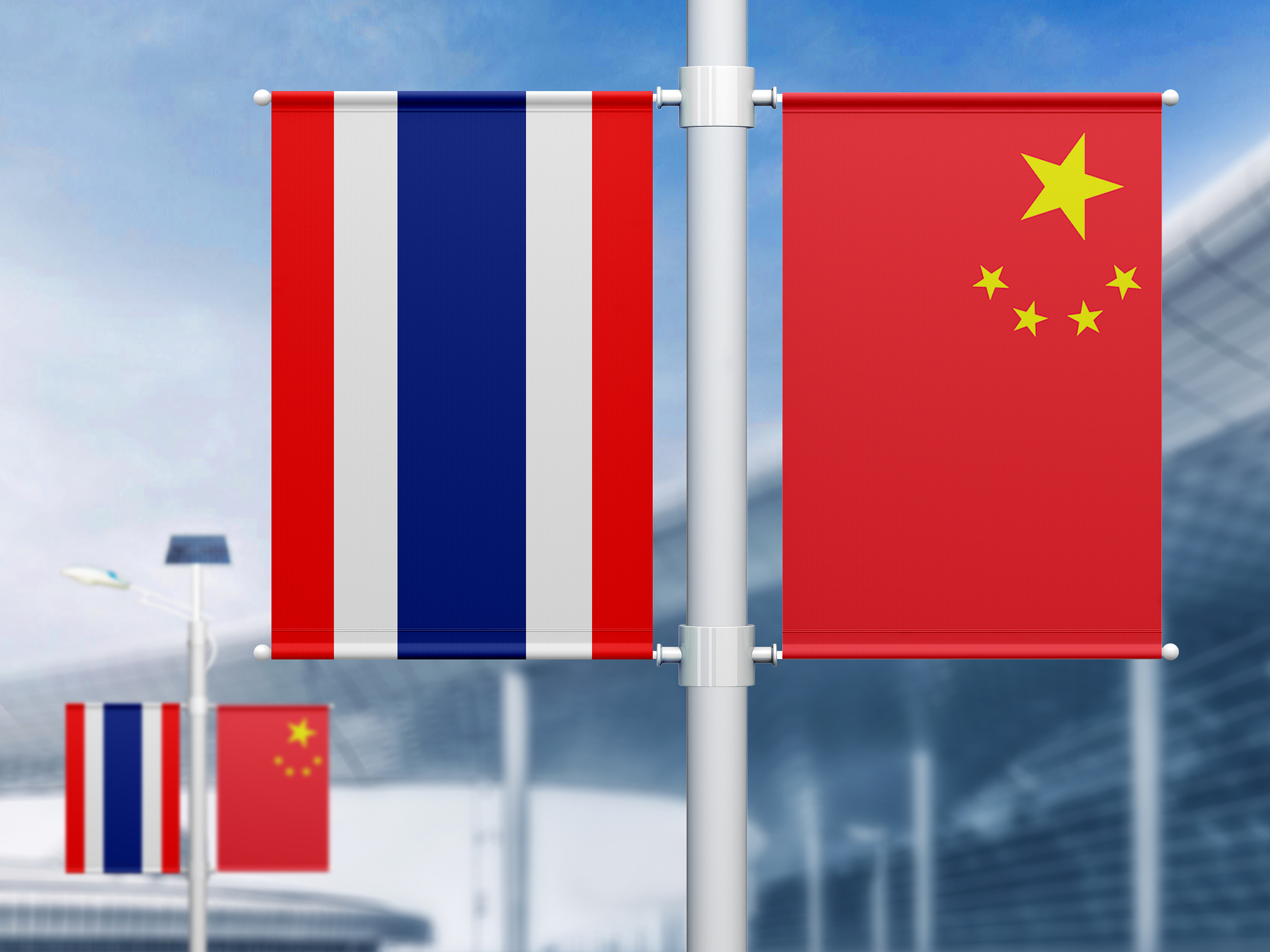
By YANG Lu, FU Yifei & LIANG Yilian
The China National Space Administration and the Thai Ministry of Higher Education, Science, Research and Innovation signed two memorandums of understanding (MoUs) on April 5 for exploration and peaceful use of outer space and cooperation on the International Lunar Research Station.
According to the MoUs, the two countries will set up joint committees and working groups to strengthen cooperation in space exploration, space application and space capacity building by planning and implementing projects, scientific exchange programs and personnel training programs. They will also exchange data and information and organize symposiums and science workshops.
They will also focus on the demonstration, engineering implementation, operation and application of the International Lunar Research Station, organize expert teams to conduct research on science, engineering and international cooperation, and draft a cooperation plan. At the same time, other countries, international organizations, research institutions, universities, industrial entities and scientists are welcome to join the lunar program.
A Thailand-developed global space weather monitoring device, designed to observe cosmic radiation and space weather from the moon, will be onboard China's Chang'e-7 lunar exploration mission, to be launched around 2026. It will be the first time that a scientific instrument from Thailand will be positioned in deep space from Earth's orbit.
The trio will conduct a series of experiments in fields such as life science, fluid physics, combustion science and materials science. Notably, this is the first time that fruit flies have been taken on a Chinese space mission as experimental subjects. What made scientists choose fruit flies? What experiment will they undergo?
